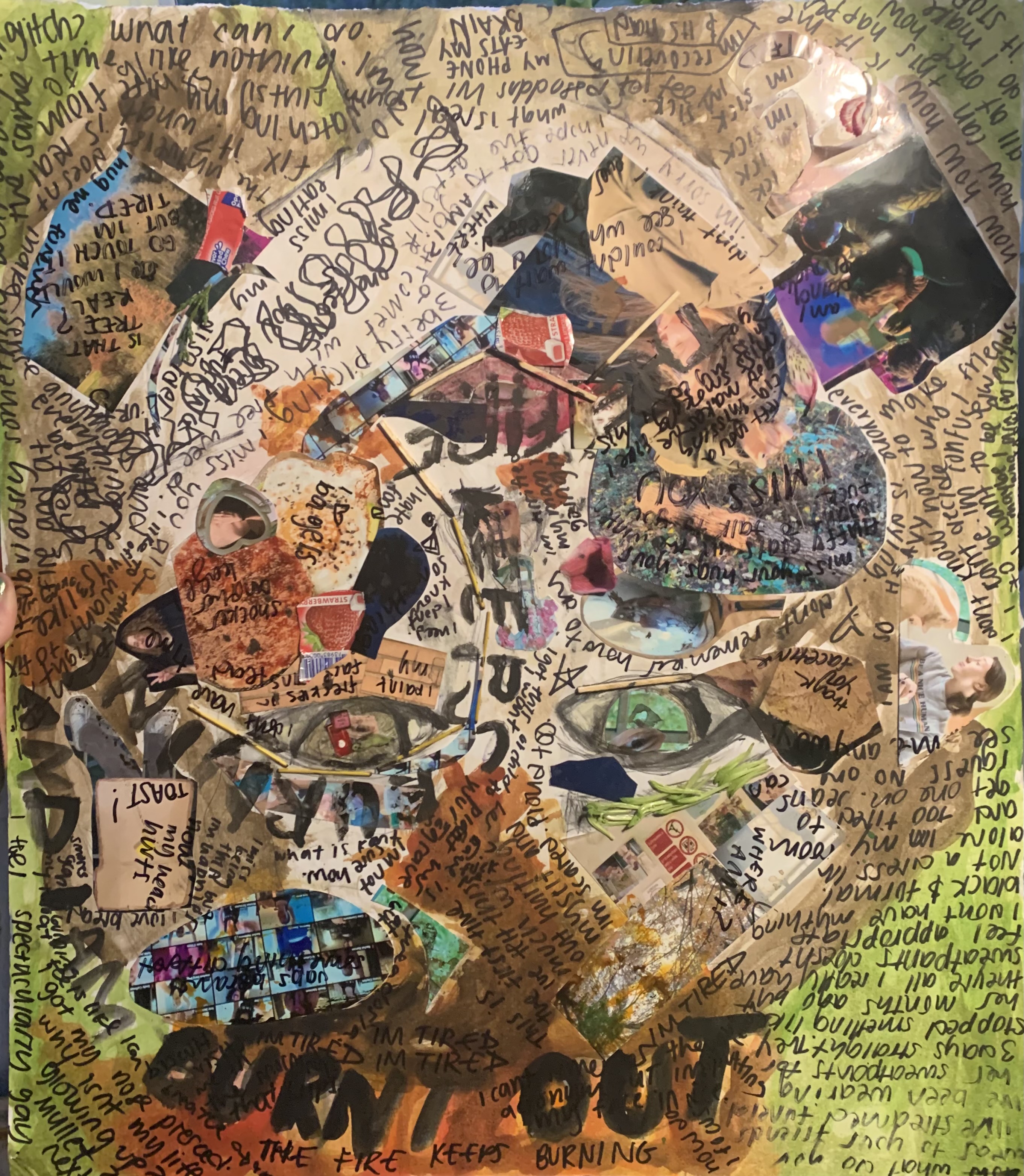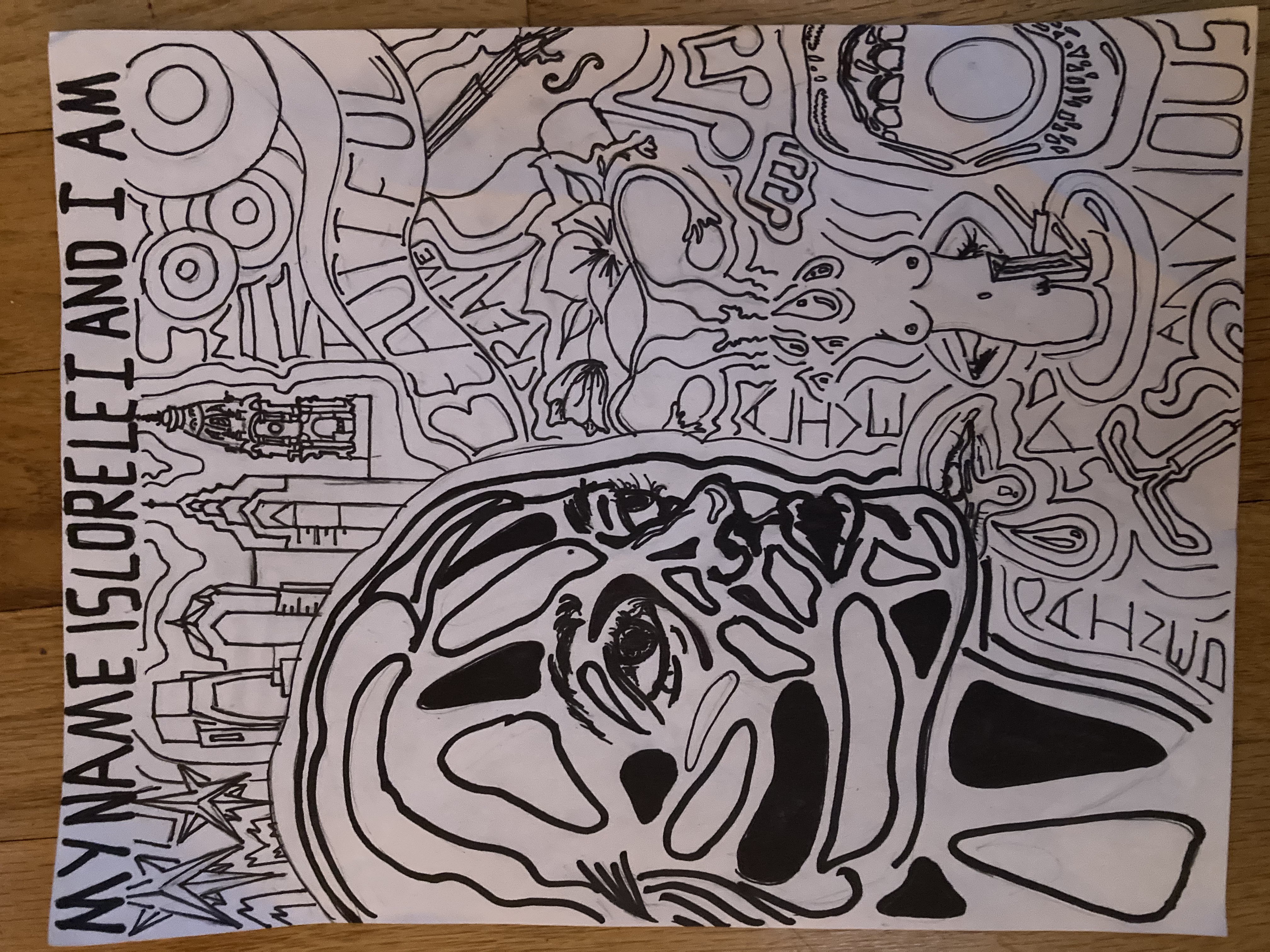Reflections on Neurodiversity, Testing, and Accommodations
By SophieMarch 25, 2021 - 20:43

Here are my reflections after this past week’s classes and readings/videos. I hope you like them and find them thought-provoking!
Serendip is an independent site partnering with faculty at multiple colleges and universities around the world. Happy exploring!

Here are my reflections after this past week’s classes and readings/videos. I hope you like them and find them thought-provoking!

TW // suicide, discrimination, ableism

This past week I’ve been reflecting a lot about elements that were left out of certain courses in my high school education.

In Chapter 6 of the "A Disability History of the United States" the theme that stood out to me the most was the correlation between discrimination (in all ways: racism, sexism, bias, etc) and immigration laws in the US. The Immigration Law of 1882 prohibited entry of anyone who is "likely to become a public charge." How do they decide if someone is "likely" to become a burden on society? It's based on the immigration officers' bias and racism.

This is going to be very scattered and unfinished thoughts, but I thought all were really interesting and would be good to share!
On friday, I attended the event with Riva Lehrer and talking about her Memoir Golem Girl. First, I must note that I loved her readings of the memoir. It felt so profound coming from her and I would love to read more about her memoir. I especially loved hearing how she tries to show medical students appreciation and turn the "freakdom" of viewing fetuses for their education into an experience to humanize and understand disability. It showed that teaching disability does not need to be particularly depressing, sad, or something that needs to be hidden. Rather, it seemed like a beautiful and profound process for the students.

Heya, so I combined these into one post because I didn’t want to occupy too much Serendip space. So the first thing is that I recently went to the Dare to Survive, Dare To Thrive: Afro-Futurism and Disability Justice panel featuring Black disabled artists and I attached a link to my notes about the panelist’s responses to questions if anyone is curious about that:
https://docs.google.com/document/d/1v3-e-jvXR5smfRY7jOMqZ6_oE2FmSdo02UQxU_IA2dM/edit?usp=sharing

Something that struck me from A Disability History of the United States was how societies value or devalue different disabled people dissimilarly and how this has been tied to labor and profit. I thought that it was really cool how Indigenous people saw everyone regardless of impairment as having a gift and how the word disability didn’t exist because their community was inclusive and not built on ableism. Indigenous use of sign language was really inspiring and a great example of how creating a more accessible world benefits everybody; this removed the disabling aspects of Deafness and improved cross-cultural communication for everyone.
Josh Sundquist, motivational speaker and internet personality. He's definitely an example of reclaimation/empowerment
https://joshsundquist.com/amputee-halloween-costumes
Mütter Museum, Philly-based medical museum that exhibits and commercializes specimens of atypical bodies. It was originally a place used for teaching physicians in the pre-internet age, but is now more of a public spectacle
In reflecting on the readings for today’s class, I was thinking about the importance of reflecting on and valuing the affective dimensions of disability-- particularly through centering of the lived experiences of disabled people (in addition to theory; which while often useful, does not fully encompass physical and embodied experience). This is described by Eli Clare when he is talking about his frustrations about both impairment/not being able to do the things he wants to do as well as ableism and not being able to distinguish between the theoretical divide between disability/impairment or social/individual body or where to direct feelings.
The fire keeps burning and I am already ashes:

My name is Lorelei and I am:
